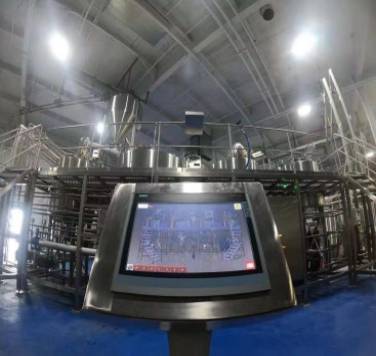Cone Fermenters: Benefits, Comparisons and Top Picks for 2025
What Is a Cone Fermenter?
If you’ve ever dabbled in homebrewing or taken a tour through a commercial brewery, chances are you’ve seen a shiny, spaceship-looking vessel with a pointed bottom. That’s a cone fermenter—also known as a conical fermenter—and it’s the superstar of the fermentation world. Designed with both form and function in mind, a cone fermenter is essentially a tank with a cone-shaped bottom that allows for easier separation of sediment (also called trub), clearer beer, and better control over the brewing process.
Fermentation, for the uninitiated, is the magical stage where yeast gobbles up sugars and transforms them into alcohol and carbon dioxide. While any sealed container could technically ferment your brew, the cone fermenter does it with flair, efficiency, and a lot less mess. It’s a favorite among both hobbyists and professional brewers because it streamlines the process while improving results.
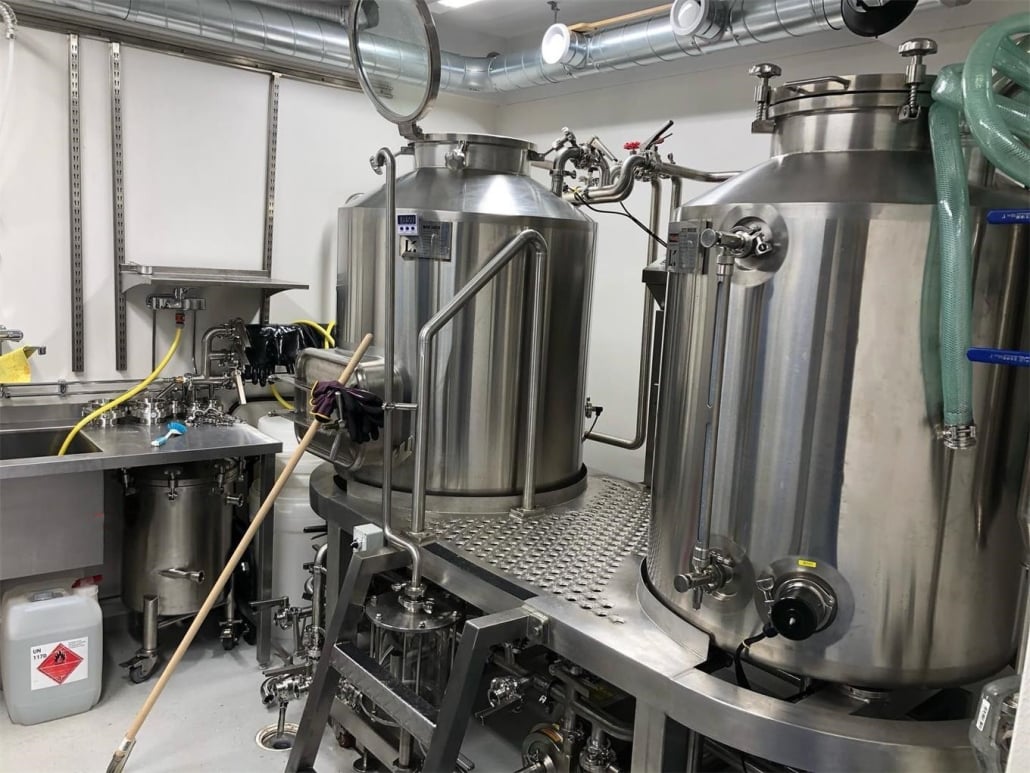
How Does a Cone Fermenter Work?
At first glance, the design might seem like it’s just for show, but every angle and curve of a cone fermenter serves a purpose. Here’s the breakdown:
During fermentation, yeast cells, hops particles, and proteins form a thick layer of sediment. Thanks to the conical shape, all that gunk slides down to the bottom point of the fermenter. This makes it super easy to remove without disturbing the rest of the beer—just open the valve at the bottom, and the trub flows right out.
But wait, there’s more. Because of the cone, you can actually harvest and reuse the yeast. Talk about sustainable brewing! Plus, cone fermenters usually have built-in ports and valves for sampling, dumping, and transferring, which means less exposure to air (and fewer chances of contamination). Temperature control jackets and pressure-relief valves are often added features in pro-level models, making them even more efficient.
Benefits of Using a Cone Fermenter
Let’s be real—fermentation can get messy, and cleaning trub out of a flat-bottom vessel is no one’s idea of a good time. That’s where cone fermenters shine. Here’s why more brewers are making the switch:
First off, cleaner beer. Since sediment settles in the cone and can be easily removed, the remaining beer is clearer and crisper. Second, less risk of infection. With fewer transfers and handling, there’s a lower chance of introducing unwanted bacteria or oxygen.
Another major perk? Yeast harvesting. If you’re brewing multiple batches, you can save the yeast from one and pitch it into the next. That’s a money-saver and a flavor booster rolled into one. And did we mention the efficiency? With cone fermenters, you can often skip secondary fermentation tanks altogether. It’s like going from VHS to streaming—simpler, faster, and more streamlined.
Cone Fermenter vs Flat-Bottom Fermenter
So how does the cone fermenter stack up against its old-school cousin, the flat-bottom fermenter? Let’s dive in.
Flat-bottom fermenters are typically less expensive and easier to clean—at least initially. But when it comes time to rack your beer off the sediment, things can get complicated. You have to be super careful not to disturb the trub, and there’s often more waste left behind.
Cone fermenters, on the other hand, make separating beer from sediment a breeze. Plus, with ports and valves built in, there’s less need for siphoning or transferring. That means fewer tools, fewer steps, and fewer opportunities for contamination. They’re also typically made from stainless steel or high-grade plastic, which can be more durable in the long run.
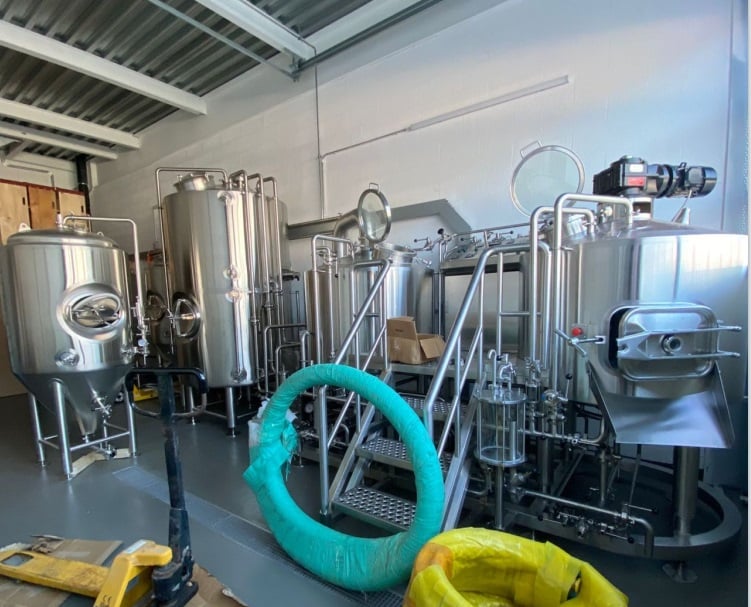
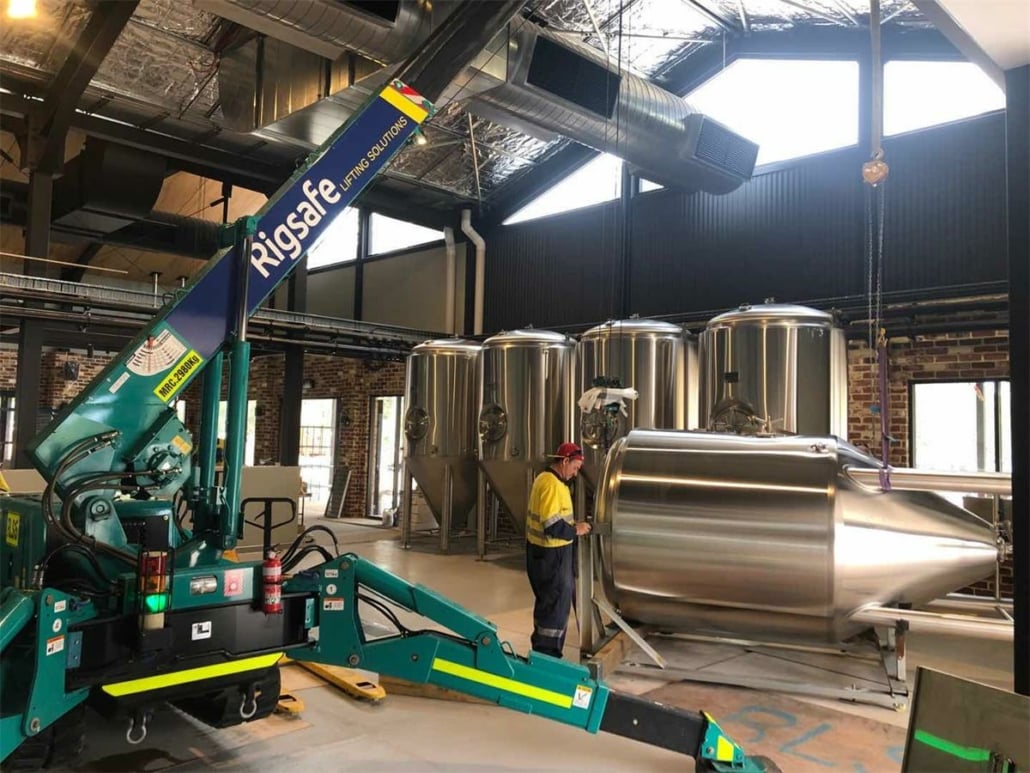

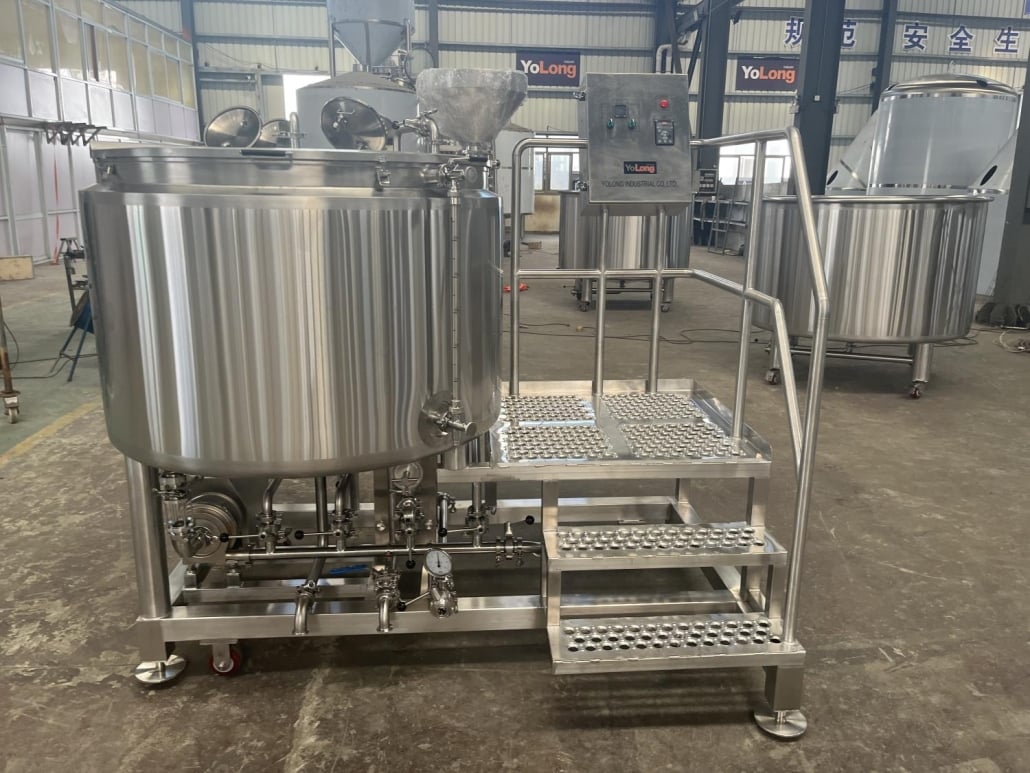
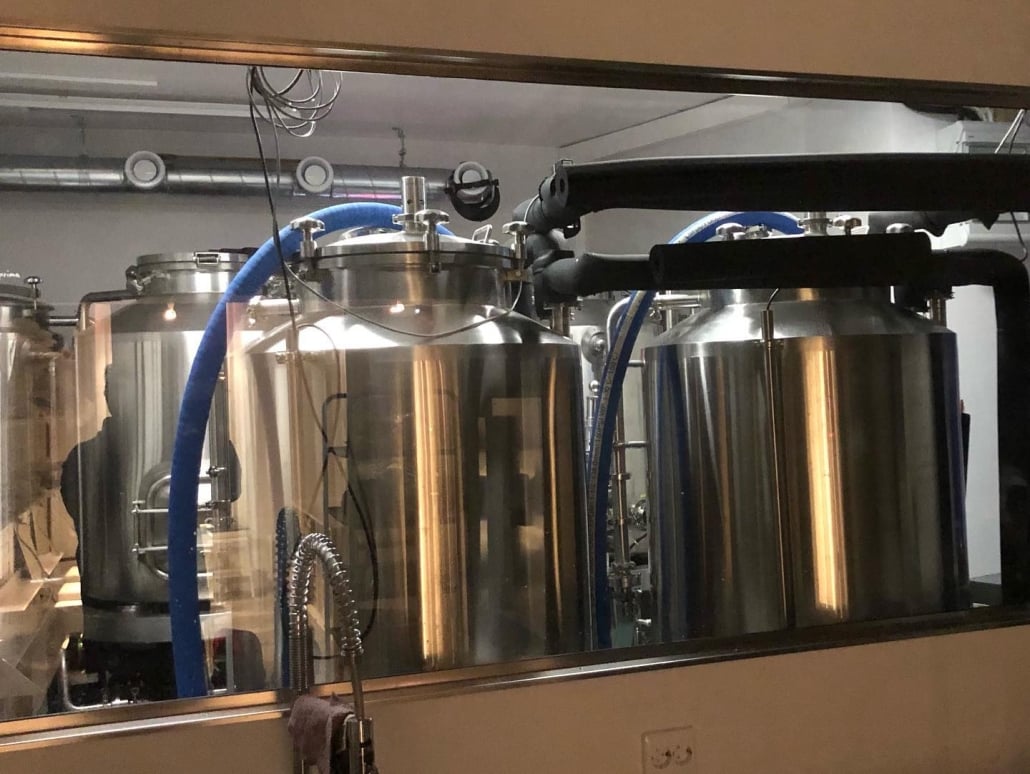

Cone Fermenter vs Flat-Bottom Fermenter
| Feature | Cone Fermenter | Flat-Bottom Fermenter |
|---|---|---|
| Sediment Removal | Easy via bottom valve | Requires siphoning |
| Yeast Harvesting | Reusable yeast | Difficult to collect |
| Risk of Contamination | Lower | Higher due to transfers |
| Cleaning | Moderate | Easy initially |
| Price | Higher | Lower |
| Durability | High (stainless steel) | Moderate (plastic/glass) |
How to Choose the Right Cone Fermenter
Choosing the right cone fermenter can feel like picking a new car—there are a lot of shiny options, and the price tags can vary wildly. So how do you find “the one” that fits your brewing style?
Start with size. Homebrewers usually go for 7 to 14-gallon models, while microbreweries might need something in the 3 to 7-barrel range. Next, think about material. Stainless steel is the gold standard—durable, easy to clean, and resistant to odors. Plastic models are more budget-friendly and lighter, but they can scratch and harbor bacteria if not cleaned properly.
Temperature control is another biggie. If you’re brewing lagers or live in a warm climate, look for a fermenter with a built-in cooling jacket or space for an immersion coil. Also, consider accessories: dump valves, sample ports, sight glasses, and pressure capabilities all add convenience.
Features to Consider When Buying a Cone Fermenter
| Feature | Importance | Notes |
|---|---|---|
| Size | High | Match with batch size |
| Material | High | Stainless steel > plastic |
| Cooling System | Medium | Needed for precise temps |
| Pressure Rating | Medium | Allows carbonation in-tank |
| Valves & Ports | High | Simplifies transfers & sampling |
Top Cone Fermenters in 2025
The market is booming with options, so here’s a look at some of the most popular and well-reviewed cone fermenters in 2025:
- Ss Brewtech Chronical BME – A favorite among prosumer brewers, this stainless steel beauty offers tri-clamp fittings, a rotating racking arm, and a pro-quality build.
- Spike Flex+ – Known for its versatility, this model has pressurization capabilities and a small footprint, perfect for tight brewing spaces.
- FermZilla All Rounder – A great budget option made from durable PET plastic. It’s lightweight, easy to use, and ideal for beginners.
- Blichmann Fermenator – A top-tier choice with welded fittings, thermowells, and pressure fermenting features.
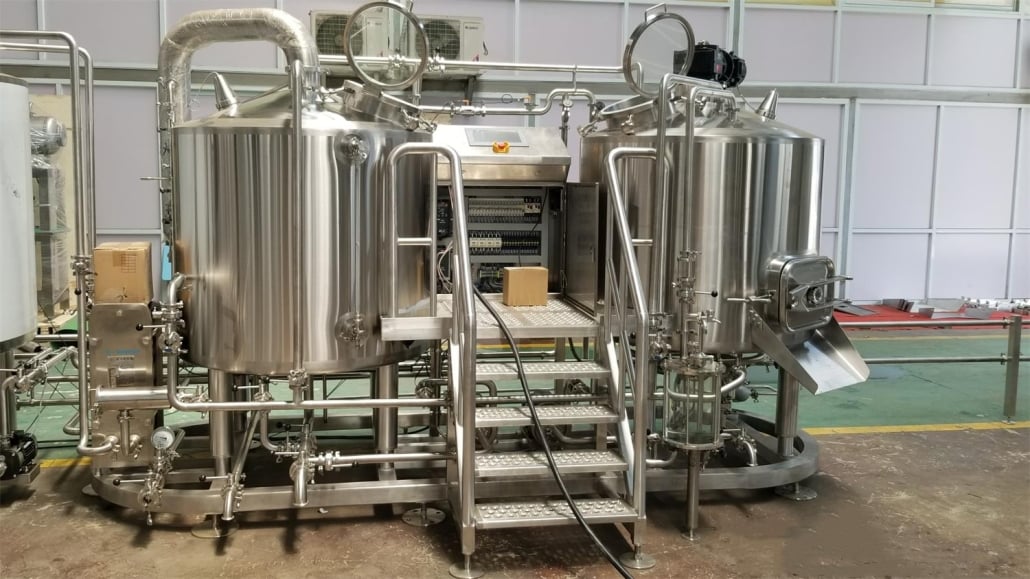
Maintenance and Cleaning Tips for Cone Fermenters
Let’s face it—no one loves cleaning, but it’s a crucial part of brewing. Thankfully, cone fermenters make it a bit easier.
Start by dumping the trub and yeast through the bottom valve. Then rinse with warm water to get rid of the big debris. For a deep clean, use a brewery-approved cleaner like PBW (Powdered Brewery Wash), let it soak, and scrub gently with a soft brush or cloth. Avoid anything abrasive, especially on plastic models.
Don’t forget to disassemble and sanitize all valves and fittings. For stainless steel models, a passivation routine every few months helps maintain corrosion resistance. Store your fermenter dry and covered to keep dust and bugs out.
FAQ
| Question | Answer |
|---|---|
| Can I ferment under pressure in a cone fermenter? | Yes, if the model supports pressure fermentation. Look for rated PSI levels. |
| Is stainless steel better than plastic? | Generally yes—it’s more durable, easier to clean, and less prone to scratches. |
| Do I need a cone fermenter to brew good beer? | No, but it certainly makes things easier and can improve clarity and taste. |
| How do I harvest yeast from a cone fermenter? | Open the bottom valve after fermentation and collect the settled yeast in a sanitized container. |
| What size cone fermenter should I buy? | Match it to your batch size—1.5x your expected beer volume is a good rule of thumb. |
Share this entry
Interested in learning more about Brewing Systems including additional details and pricing information? Please use the form below to contact us!
YOLONG BREWERY EQUIPMENT FAQS
- Commercial Brewery / Craft Brewery / Microbrewery / Nanobrewery
- What is The Difference Between Craft Beer and Industrial Beer?
- The Bespoke Differences In Custom Brewing Systems
- Everything You Need to Know About Kettle Souring
- How to Choose Brewing Equipment for Your business?
- How To Choose The-Best Partner To Build Your Commercial Microbrewing System?
- Two Detection Sensors That You Need To Use In Your Brewhouse System
- Remote Control Applications in Brewing Equipment/How does it work?
- How To Clean Your Brand New Brewery Tanks?

